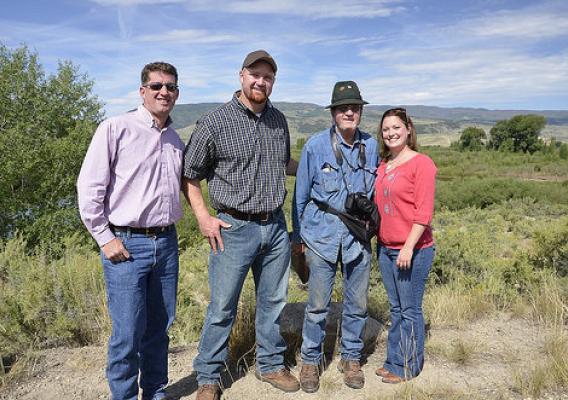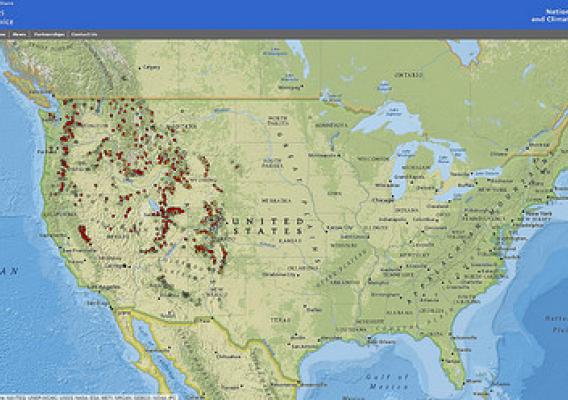The Census of Agriculture is the most complete account of U.S. farms and ranches and the people who operate them. Every Thursday USDA’s National Agricultural Statistics Service will highlight new Census data and the power of the information to shape the future of American agriculture.
Rhode Island may be one of the smallest States in terms of agriculture but the 2012 Census of Agriculture shows Rhode Island has something most states don’t have – more farmers. The number of farmers in Rhode Island tallied 1,243, up slightly from 1,219 in 2007. As of 2012, almost 70,000 acres of our land are now dedicated to farming. That’s quite a bit, if you consider the fact that we are the smallest state in the Union.
Our agricultural growth is boosted by the “buy local” movement. According to the Census, Rhode Island growers sold almost $6.3 million worth, or 10.5 percent, of our agricultural products directly to consumers in 2012. This is the second highest percentage in the nation.








